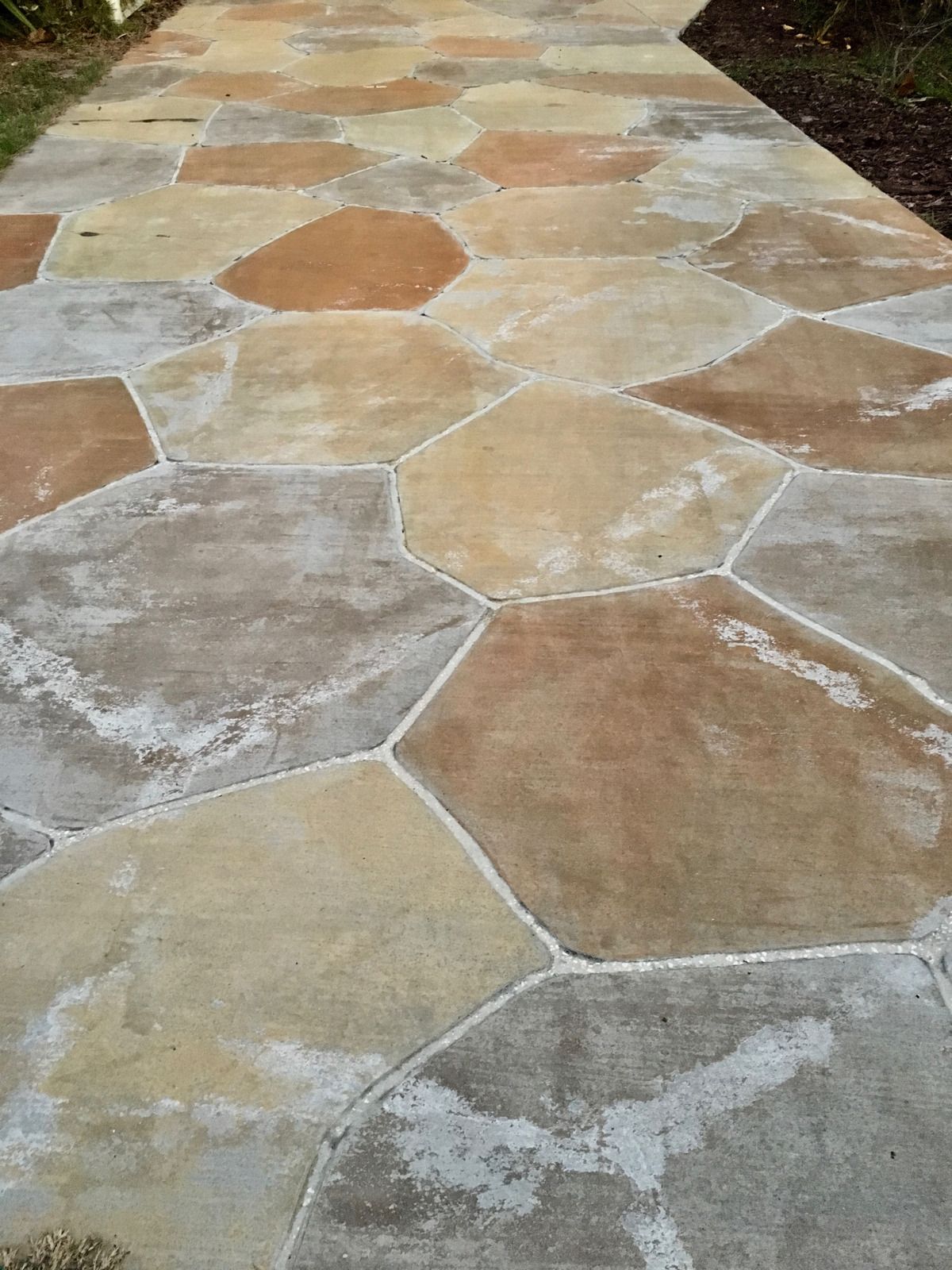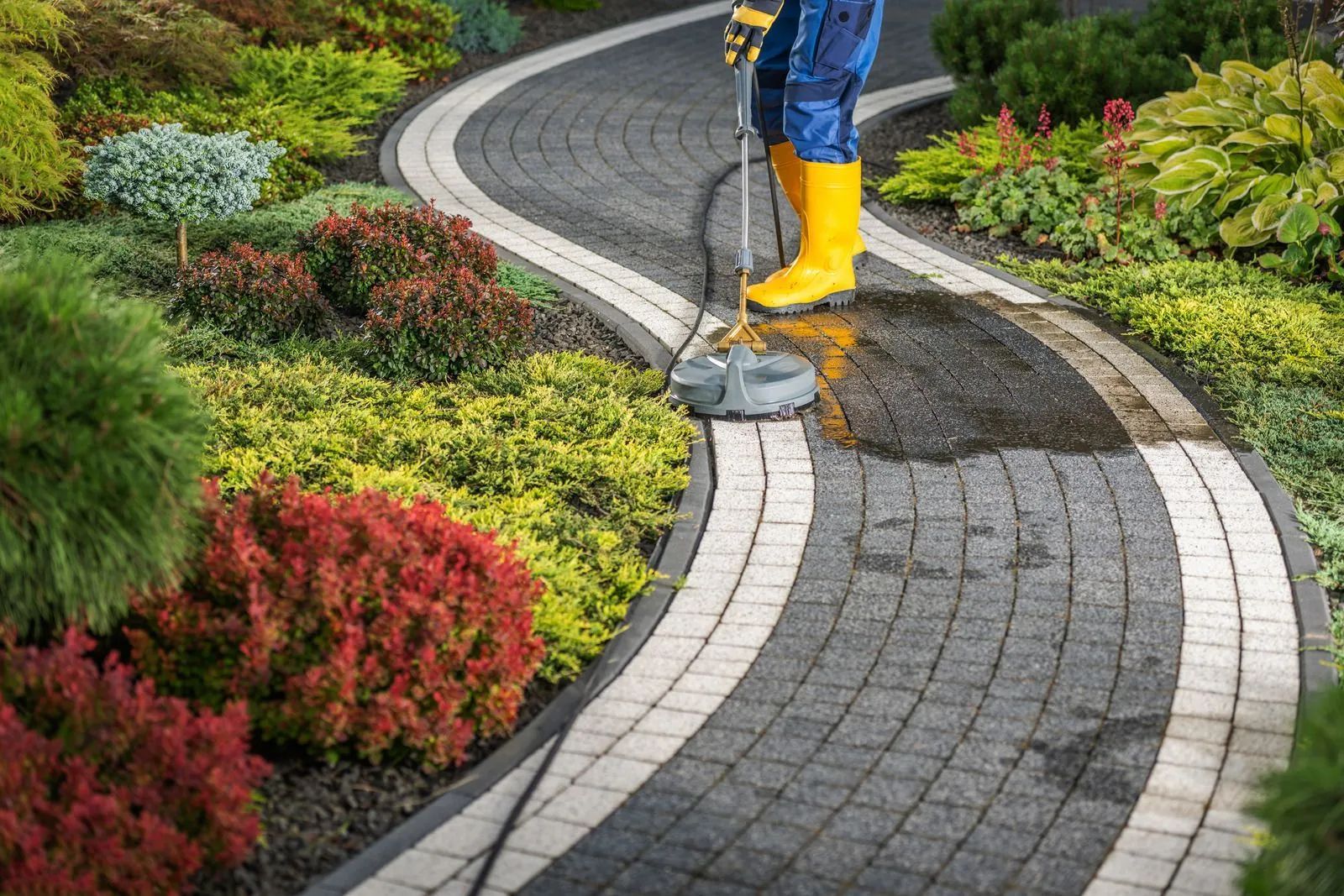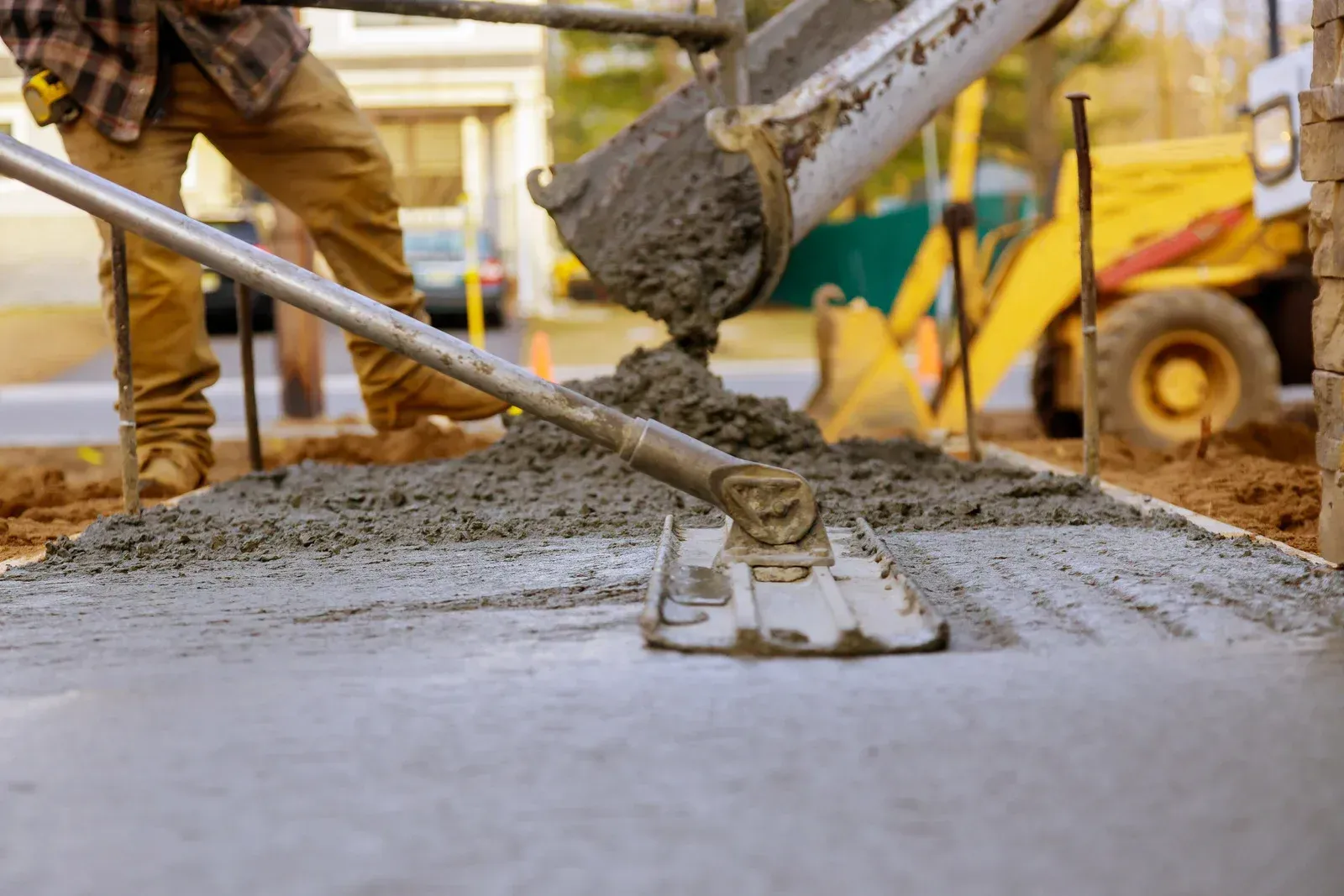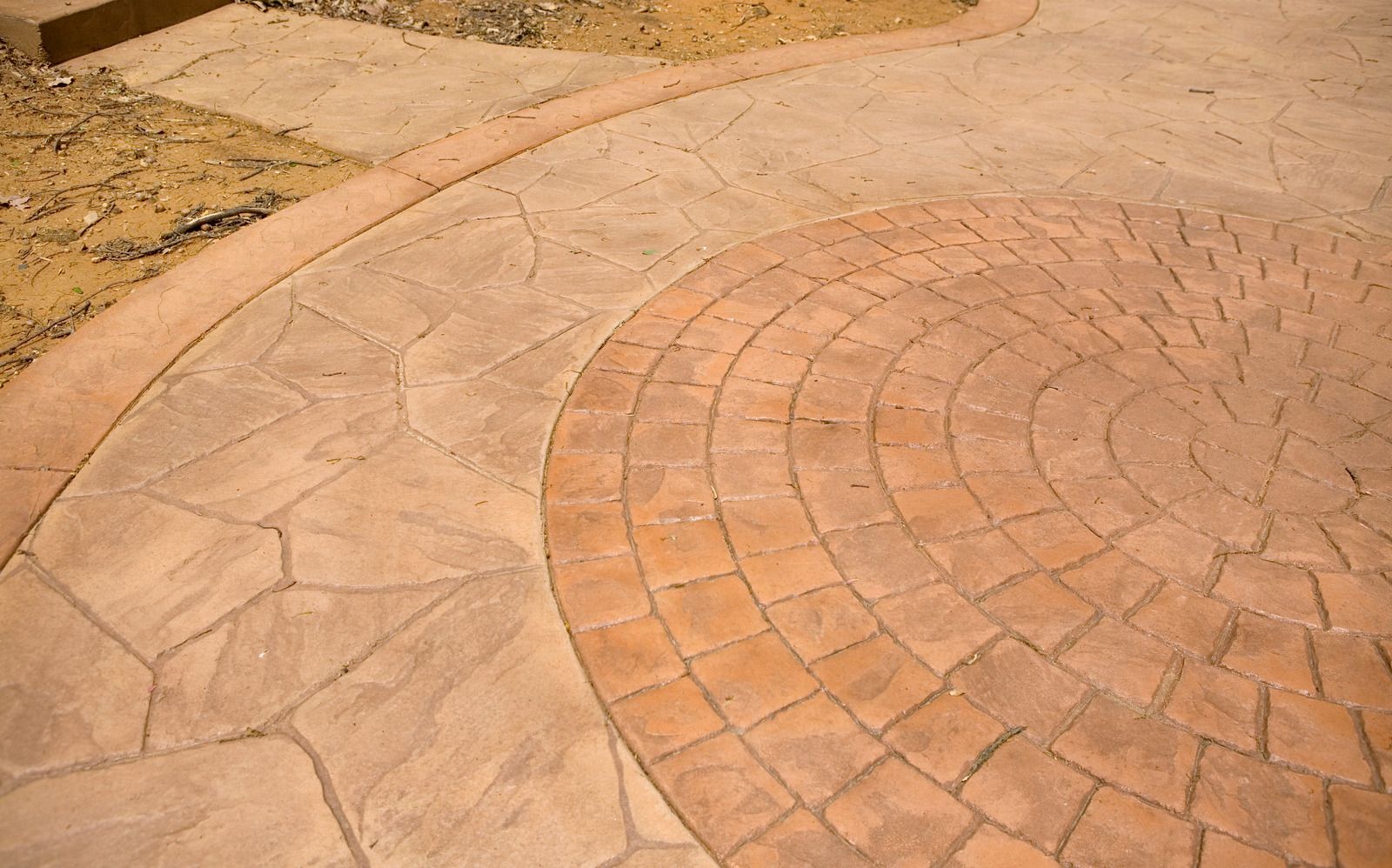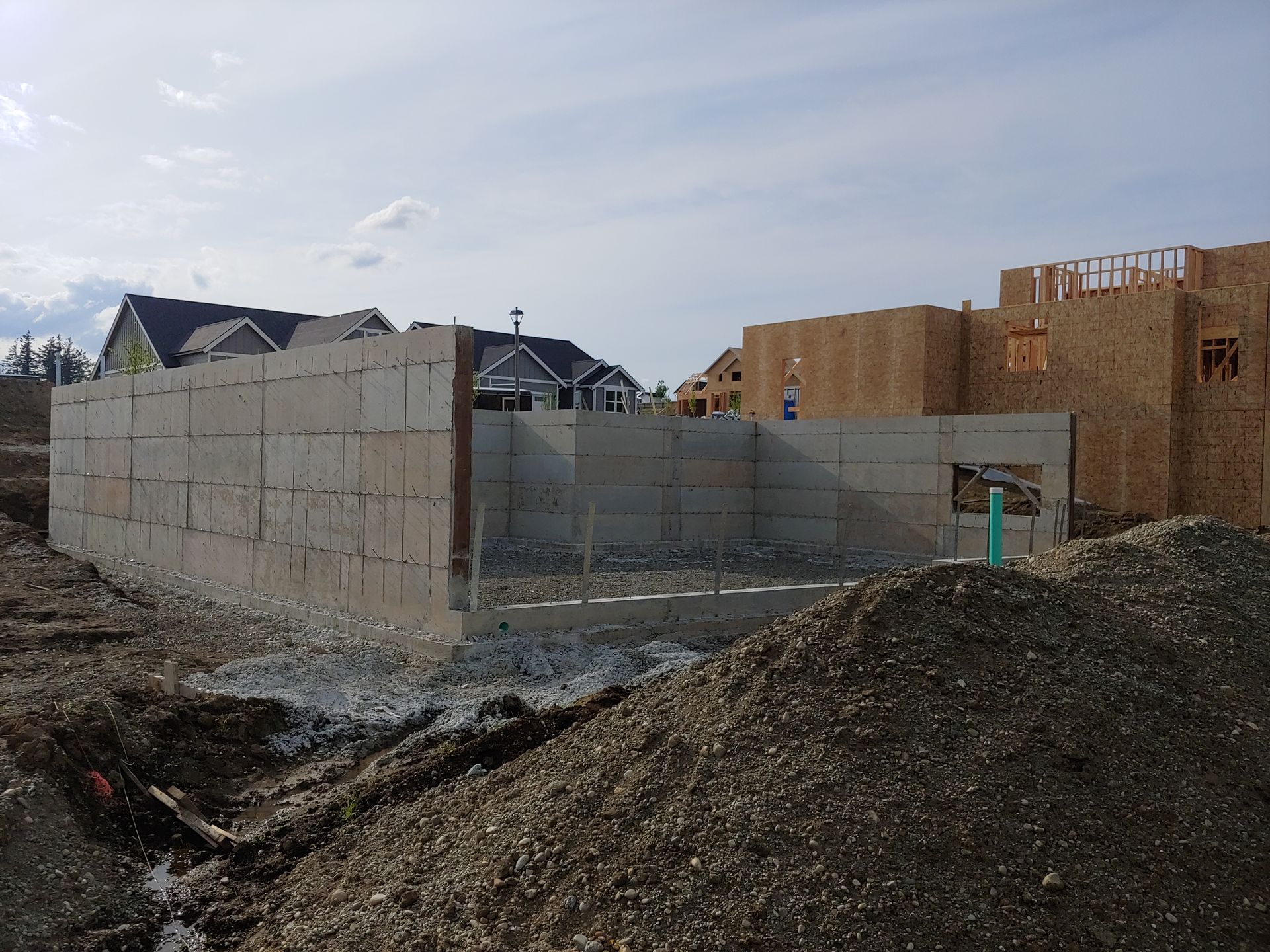When Should You Reapply Concrete Sealing for Best Results?
Concrete surfaces need protection to last longer. A strong sealer blocks moisture, stains, and cracks. It also keeps outdoor areas looking clean. Sun, rain, and daily use wear down the protective layer. Without maintenance, concrete absorbs water, leading to damage. Reapplying sealer strengthens the surface and prevents costly repairs. Many factors affect when to seal again. Weather, foot traffic, and product type all play a role. Some sealers last longer than others, but no surface stays protected forever. Regular checks help prevent cracks and fading.
A simple test shows if the surface needs resealing. Pour water onto the concrete. If drops soak in instead of forming beads, the protective layer has worn off. A faded or rough surface also signals the need for a new coat. Reapplying sealer at the right time keeps the concrete strong.
How Often Should Concrete Be Sealed?
The lifespan of a sealer depends on its formula. Acrylic products last between one and three years. Epoxy and polyurethane options offer protection for up to ten years. Penetrating sealers provide long-term durability, sometimes lasting a decade.
Outdoor surfaces need sealing more often than indoor floors. Driveways, patios, and walkways face constant exposure to sunlight, rain, and traffic. Checking for signs of wear every year helps determine when to reseal.
Signs It’s Time to Reapply Sealer
Several signs indicate a surface needs resealing. Water should bead on top instead of soaking in. If moisture no longer stays on the surface, the protective barrier has weakened.
Discoloration also suggests the sealer has faded. A dull or uneven color often appears when the coating breaks down. Cracks and stains mean moisture has started seeping into the concrete. A rough texture also shows the surface needs attention. Examining high-traffic areas reveals early signs of wear. A fresh coat applied before major damage appears keeps concrete in better condition.
Best Time of Year to Apply Sealer
Weather affects how well a sealer bonds to concrete. Mild temperatures work best. Spring and fall provide the right balance of warmth and dryness. Summer heat causes fast drying, which leads to uneven coverage. Cold winter air slows the curing process. Rainy or humid conditions prevent proper bonding. Choosing a dry day helps the sealer set correctly. Checking weather forecasts before applying a new layer avoids problems. A stable environment allows the sealer to work effectively.
Benefits of Regular Sealing
Reapplying sealer prevents cracks and stains. It also keeps surfaces looking smooth and clean. A fresh coat enhances the appearance of driveways, patios, and walkways. Protection against oil spills, chemicals, and mold keeps surfaces in better shape. Regular maintenance extends the life of concrete, reducing repair costs. High-traffic areas last longer with a strong protective layer.
Sealing concrete at the right time keeps surfaces strong. A worn-out barrier leaves driveways and patios exposed to damage. Checking for signs of wear prevents costly repairs. Choosing the right season ensures a proper application.
Regular maintenance improves durability and appearance. Keeping up with sealing schedules protects against moisture, cracks, and stains. Well-maintained concrete stays in better condition for years.

